The Hidden Design You Never Knew About Venti!
Barbatos, also known as Venti, is the first 5-star Anemo character in Genshin Impact. A "top-tier Anemo unit" capable of crowd control, resistance shred, and triggering elemental reactions in an instant. I believe many Travelers fell in love with him upon their first encounter.
As widely known, the name "Barbatos" is derived from the eighth demon among the 72 Pillars of Solomon-a point many content creators have covered, so we won't elaborate further. However, Genshin's characters often draw from multiple inspirations beyond a single reference. In reality, aside from the name and the "green-clad archer" aesthetic loosely tied to the demon Barbatos, the Archon's divine role and personality traits starkly diverge from the original mythos. Today, let's delve into the lesser-known trivia surrounding Venti!

1. The Origins of Venti's "Unique" Design Style
First, we all know that Barbatos in Genshin Impact, commonly referred to as Venti, is the God of Mondstadt. The overall style of Mondstadt closely resembles 14th-century Germanic regions, or the Holy Roman Empire.
However, Mondstadt's "Land of Freedom" features surprisingly progressive social structures and urbanization, deviating from both medieval and Holy Roman aesthetics. Moreover, its Anemo worship would have been deemed pagan practices in medieval times. Following this thread, I began wondering if Venti's design drew inspiration from pagan deities of Germanic regions. To explore this, I delved into mythological texts. Broadly speaking, Nordic and Germanic mythology share the same mythological roots, and within Nordic lore, I uncovered some intriguing connections.
2. The Connection Between "Venti" and "Odin"
In the chapter on Odin, I uncovered critical clues. In Germanic mythology, Odin is known as Wotan. Both "Odin" and "Wotan" derive from terms linked to fury and frenzy, thus associating him with storm gods, war deities, or gods of wrath. Before the Germanic storm god Wotan spread to Norse regions, Thor was the primary thunder deity. Historically, in Germanic culture, storms symbolized warfare. Poets often likened battles to "Odin's tempests." Among Odin's hundreds of epithets, many relate to wind, such as Hnikud or Hnikar, both meaning "storm." Storms bring casualties, earning Odin titles like "Harm-Bringer" and "Crime-Lord." The howling gales also inspired names like "Roarer" and "Howler."

These epithets reflect his identity as a wind god. As a deity who traverses realms, Odin is also called the "Tireless Traveler," "Wanderer," and "Drifter." His imagery embodies natural phenomena: ancient Germanic peoples imagined lightning flickering beneath night clouds as an eye veiled by a misty "brim," while storm clouds resembled a celestial eye. Notably, one of his epithets, Hoarr, means "One-Eyed."
As a wind god, Odin controls weather-stirring tempests or calming seas. Thus, he bears titles like "Lord of the Ocean." Sailors prayed to him for favorable winds, offering sacrifices in return. His epithets also include "God of Navigation," "Patron of Merchants," and "Source of Wealth." These clues suggest Odin's original role was likely a wind deity, evolving over time into the Odin we recognize today.

3. Definitive Parallels Between Genshin Impact's Venti and Odin
Of course, Odin's association with wind divinity alone isn't sufficient to establish a direct link to Venti. We need more evidence to support this theory. In Genshin Impact, Venti isn't just the Anemo Archon-he's also a bard and a wine enthusiast. Notably, our references mention, "In early bardic traditions, Odin was revered as the god of poetry and art." Poetry itself was metaphorically called "the mead from Odin's keg" or "Odin's ale," as he bestowed wisdom and creativity upon humanity, making him the patron deity of bards.

Myths also state that Odin consumed no food but only drank wine, with mead regarded as the divine beverage. Before Odin's worship spread to Norse regions, Germanic tribes along the Rhine viewed Wotan as the embodiment of cultural achievements-linked to wisdom, poetry, and divine inspiration. This aligns strikingly with Venti's identity as a wine-loving bard.
Furthermore, ancient Germanic folklore held that souls transformed into wind spirits after death. Thus, as a wind deity, Odin also served as a guide for the deceased, earning titles like "God of the Fallen." Travelers who've completed Venti's story quest will recall the tale of "Stanley," where the impostor ultimately entrusts his friend's soul to Venti.

Through the above materials, we learn that Odin embodies not only wind divinity but also associations with poetry, wine, and the role of a psychopomp. These traits align perfectly with Venti, allowing us to conclude: Venti is a character crafted by blending the name and appearance of Barbatos (from the 72 Pillars of Solomon) with the attributes of Wotan, the Germanic storm god.
This concludes the lesser-known design elements behind Venti. Of course, these interpretations stem from personal research and conjecture-whether this is intentional remains debatable. However, Genshin Impact's character designs consistently exhibit such depth, which I believe fuels Travelers' endless fascination with Teyvat. Finally, don't miss more lore analyses and related merchandise about Genshin characters!










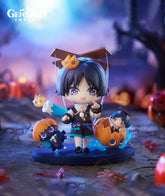

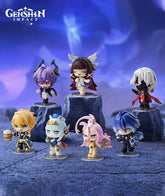

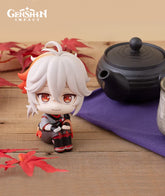

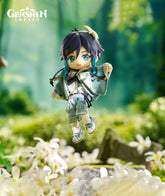
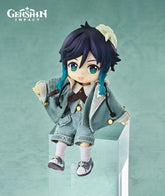
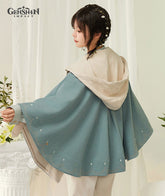
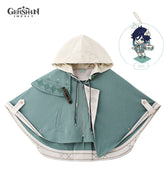




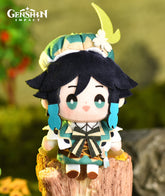
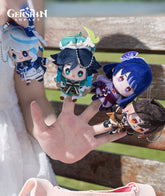
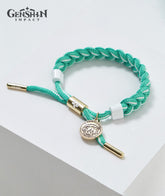
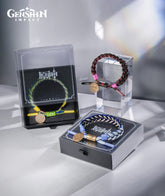
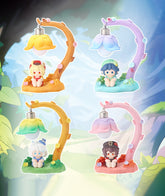
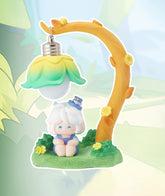
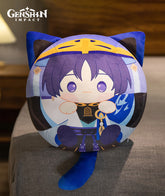
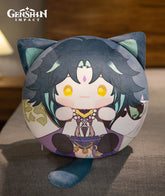


![[Official Merchandise] Genshin Impact Venti Nendoroid Action Figure](http://genshinfans.com/cdn/shop/files/ZT01_f11f1bed-baa3-4fc7-9689-e52ad20b9520_165x.jpg?v=1691668520)
![[Official Merchandise] Genshin Impact Venti Nendoroid Action Figure](http://genshinfans.com/cdn/shop/files/ZT02_713db367-6852-48f2-85bb-fe1ffc8c7630_165x.jpg?v=1691668520)


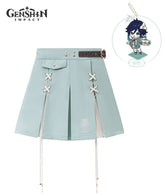
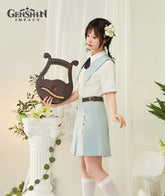
![[Official Merchandise] Genshin Impact Mondstadt OST CD & Accessories Gift Box: City of Winds and Idylls](http://genshinfans.com/cdn/shop/files/01_1077521c-a29e-4e92-9a1e-3f1b552a2115_165x.jpg?v=1698655129)
![[Official Merchandise] Genshin Impact Mondstadt OST CD & Accessories Gift Box: City of Winds and Idylls](http://genshinfans.com/cdn/shop/files/02_6dc159cd-a579-4600-9d57-88587b7c8afc_165x.jpg?v=1698655129)
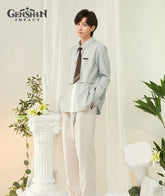

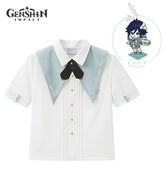
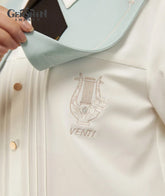
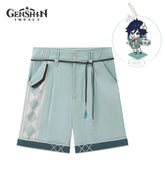

![[Official Merchandise] Teyvat Paradise: Mondstadt Vendi Bennett Characters Plush Dolls](http://genshinfans.com/cdn/shop/products/SKU09_655c8d4e-d291-40f0-9ecd-d4e8b3fe3412_165x.jpg?v=1693559211)
![[Official Merchandise] Genshin Impact Character Art Phone Stand Klee Hu Tao](http://genshinfans.com/cdn/shop/files/05_355cbddb-f5db-4661-b507-1eb072c6d14b_165x.jpg?v=1697005410)
![[Official Merchandise] Genshin Impact Character Art Phone Stand Klee Hu Tao](http://genshinfans.com/cdn/shop/files/02_a8e89369-b3d3-4999-8cb1-0d572ab5c5bf_165x.jpg?v=1697005169)
![[Official Merchandise] Genshin Impact Character Mamekororin Plushie Blind Box](http://genshinfans.com/cdn/shop/products/single-blind-box_165x.jpg?v=1694167275)
![[Official Merchandise] Genshin Impact Character Mamekororin Plushie Blind Box](http://genshinfans.com/cdn/shop/files/zt02_ac1d0b31-7251-447b-9551-bb14011131f5_165x.jpg?v=1694166613)
![[Official Merchandise] Genshin Impact Mondstadt Character Battlefield Hero Blind Box Figurine](http://genshinfans.com/cdn/shop/files/ZT01_cfa3cbdb-174c-465a-8c55-78df09defee6_165x.jpg?v=1691491218)
![[Official Merchandise] Genshin Impact Mondstadt Character Battlefield Hero Blind Box Figurine](http://genshinfans.com/cdn/shop/files/ZT02_bdd276a3-7703-4aaf-af27-2eda9711f581_165x.jpg?v=1691491218)